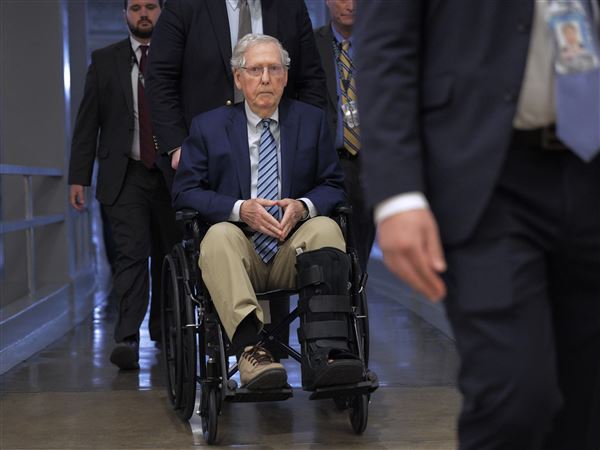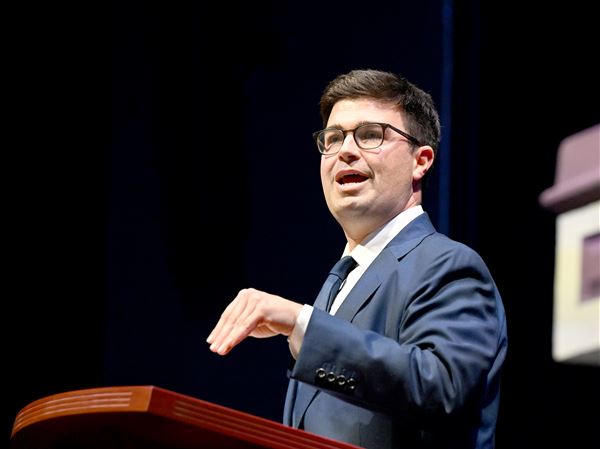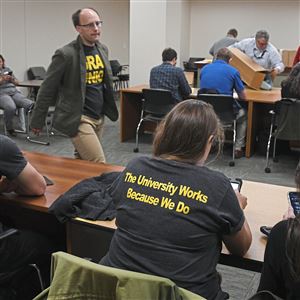Faculty at the University of Pittsburgh will be forming a union, capping a five-year organizing campaign with an overwhelming vote in favor of joining the United Steelworkers.
The final tally Tuesday showed that 1,511 faculty members, or 71% of those who cast ballots, voted in favor of a union, while 612 members, or 29%, voted against.
The Pennsylvania Labor Relations Board announced the results around 3 p.m., after counting began at 10 a.m. in the agency’s Harrisburg headquarters. The labor board mailed ballots to union-eligible faculty at the end of August and accepted all ballots returned by mail before Oct. 12 at 5 p.m.
Pitt’s faculty union will become the largest new union of any kind in the country this year, organizers said, with more than 3,000 people represented across all five of the university’s campuses. The union includes all full-time and tenured professors, as well as some part-time faculty.
Tyler McAndrew, a faculty union organizer and adjunct English professor at Pitt, said he’s “ecstatic” about the result.
“I’m excited for the future of Pitt,” Mr. McAndrew said Tuesday evening. “The margin of victory shows how much people want this.”
Organizers have had several priorities since officially kicking off their union campaign in 2016 — improving pay and job security, and giving faculty a seat at the table to help make decisions at the university. They say the pandemic has magnified their concerns.
With the ballot counting finished, faculty will now elect a bargaining committee with representatives from each department to negotiate with the university’s administration. Once the bargaining committee and Pitt’s administration decide on a tentative contract, faculty will need to vote to approve the contract.
A statement from Pitt said the university is evaluating its next steps.
“We have always maintained that this is a faculty matter and a faculty decision,” the statement said. “While the formation of a faculty union may change how our community works together, it will not change our longstanding commitment to partnering with faculty members to advance their pursuits of excellence in teaching, scholarship and research.”
Pitt’s administration has never openly come out against faculty unionization, but Provost Ann Cudd said in 2018 that she was “not really clear what the need would be,” and Chancellor Patrick Gallagher said “sometimes unions don’t always represent everyone equally well.”
The university also drew criticism from faculty and students earlier this year when financial disclosure reports revealed that Pitt had paid an anti-union law firm more than $2 million since unionization efforts began in 2016.
Faculty organizers are not alone in their drive to unionize workers at Pitt. Staff members at the university officially launched a unionization campaign last month. And graduate student employees fell just short of forming a union in their 2019 election.
Pitt faculty have tried and failed to unionize twice before. In 1996, faculty organizers suspended their campaign after filing for an election because they weren’t confident they would win a majority vote. An earlier attempt in 1991 failed when faculty voted against unionization 1,243-719.
Neena Hagen: nhagen@post-gazette.com and Twitter @neena_hagen.
First Published: October 19, 2021, 8:57 p.m.
Updated: October 19, 2021, 11:01 p.m.


















